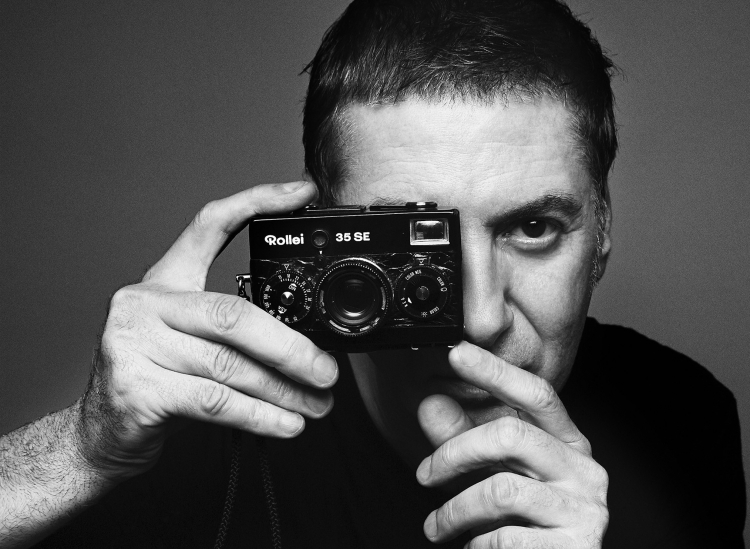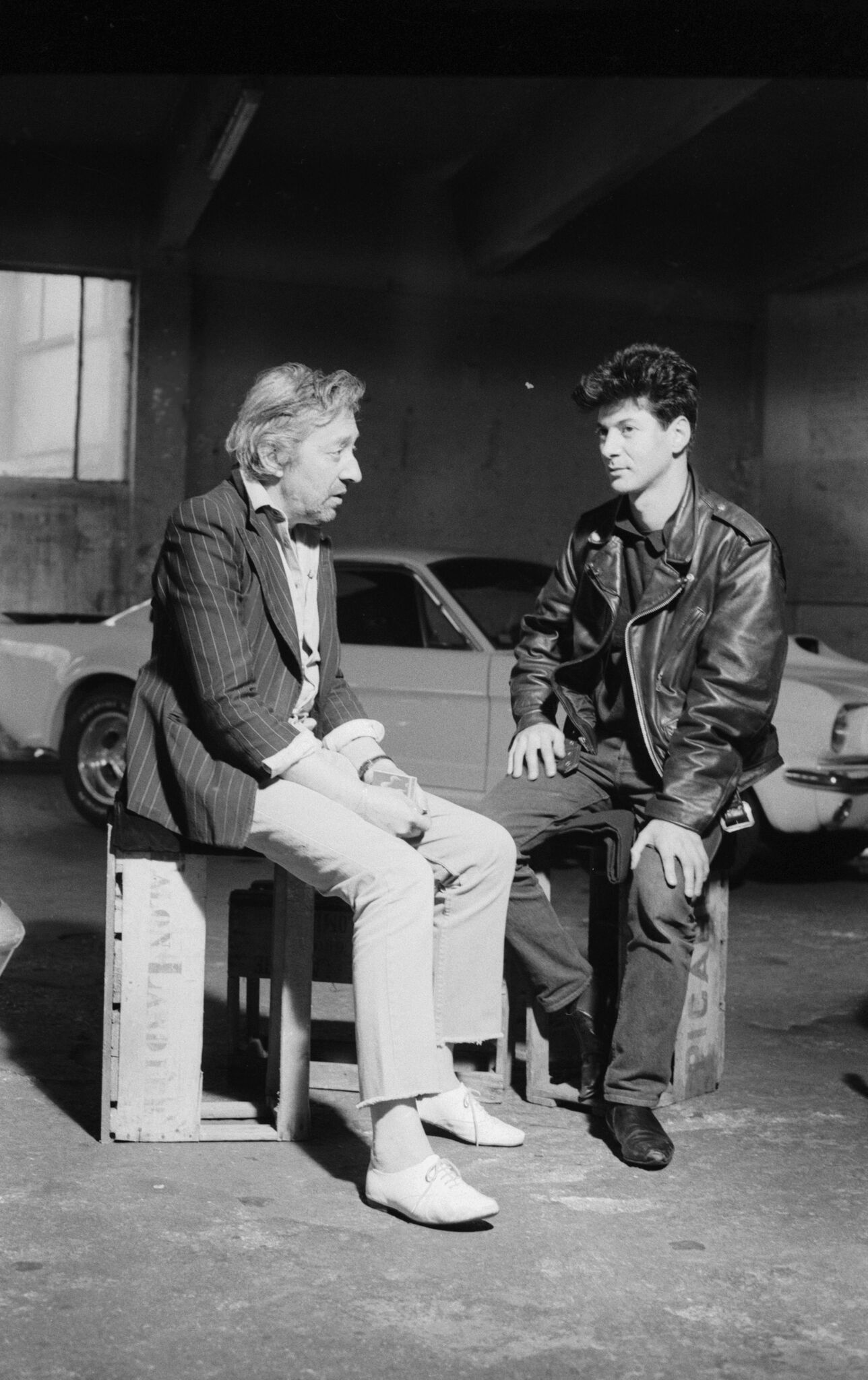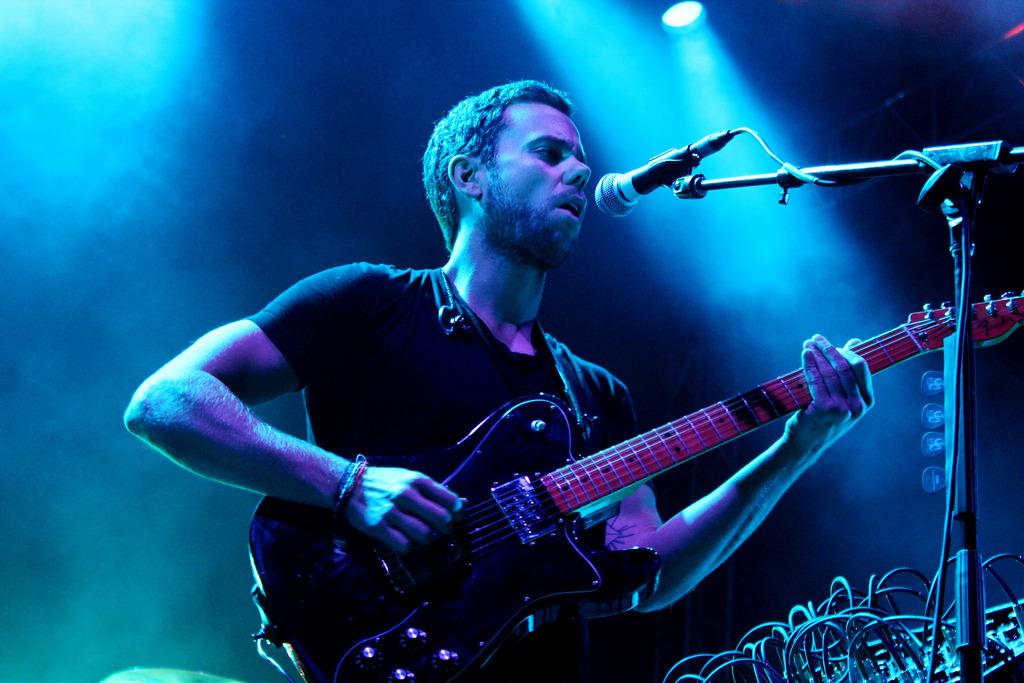Photo Exhibition: Daho Likes It Pop!

During the past three months, the exhibition Daho Likes It Pop! has been taking place at the Musée de la Musique Paris's 19th arrondissement. The museum promotes this exhibit as a recollection of the past 70 years of France’s most important musicians through a tour of over 200 photographs curated by French electro-pop icon Étienne Daho. As a huge fan of music, I looked forward to learning more about French music, and I figured that there would be no better way to learn than from the perspective of someone like Daho.
I began a sort of time-travelling journey in the main hall, which is sectioned into rooms that are each dedicated to a different decade, starting from the 1950's. I navigated the interactive exhibit by wearing a pair of headphones included in the ticket price through which Daho’s voice narrated the exhibit. In each room were compilations of photos of French artists from each respective decade. Daho spoke about each photograph and what each musician means in the sphere of French music, and particularly which musicians most influenced his changing musical style.
“It would not be a complete catalogue of French pop,” he said, “but a personal selection of portraits of artists whose trajectory intersects with my own, who nourished my inspiration and desire to become a musician, who accompanied me on my journey, and on whom I wanted to shine the spotlight.”
Image Credit: Caroline RichsteinWhen I had made my way through to the 2010's, I entered the Vidéodrome where 30 audio-visual clips of selected artists played on a loop. Then, I arrived at the jukebox room. Here, the audio guide offered visitors a “panorama of French pop” by allowing them to individually choose and listen to songs of the 200 artists showcased by Daho.
Image Credit: Caroline RichsteinThe exhibition finished in the “Daho Lab” room, where an original photo project by Daho is featured. An exclusive showcase of 30 photos-- many by Étienne Daho himself-- portrayed the musicians of the new French music scene today. Here, I met the faces of young artists like Lescop, Lou Doillon, and "surf-pop" band La Femme (a favorite!).
All of the photographs throughout the exhibition presented a wide range of artists – from singer-songwriter Serge Gainsbourg to garage-rock band Oberkampf to electronic music project M83 – rather than solely artists of pop music as “purists” would describe pop music to be, according to Daho. In fact, Daho defines pop music as being a “free zone” for a variety of genres, rather than simply music of “hedonist pleasure, colourful thoughtlessness, and a compromising principle for commercial gain.”
. Image Credit: Claude Delorme/Musée de la Musique Oberkampf portrayed in the exhibition. Image Credit: Caroline Richstein M83 in concert, 2012. Image Credit: Flickr/EWatson92I found it to be a unique opportunity to be guided through an exhibition of some of the most important French music artists, and by none other than one of the most important French pop icons, Étienne Daho. His careful curation and artful attention to photography make for an exceptionally intimate reminiscence of the last 70 years of France’s best music and an exciting new look towards the future of French music. While some of the French artists were familiar, there were many I didn’t recognize that Daho explained to be very important and influential, and not just in the French music scene, but in a global sense too. I had a lot of new music to add to my library when I got home – you will too.
Practical Information:
The photo exhibition, which has been on since December 5th, 2017, will continue at the Musée de la Musique (221, avenue Jean-Jaurès, 75019, Paris) until April 29th, 2018.
The museum is closed on Mondays, but open from Tuesday to Friday from 12pm to 6pm and Saturday and Sunday from 10am to 6pm. Tickets cost 9 euros, or 5 euros with a reduced rate for students (including entrance to the permanent collection).









